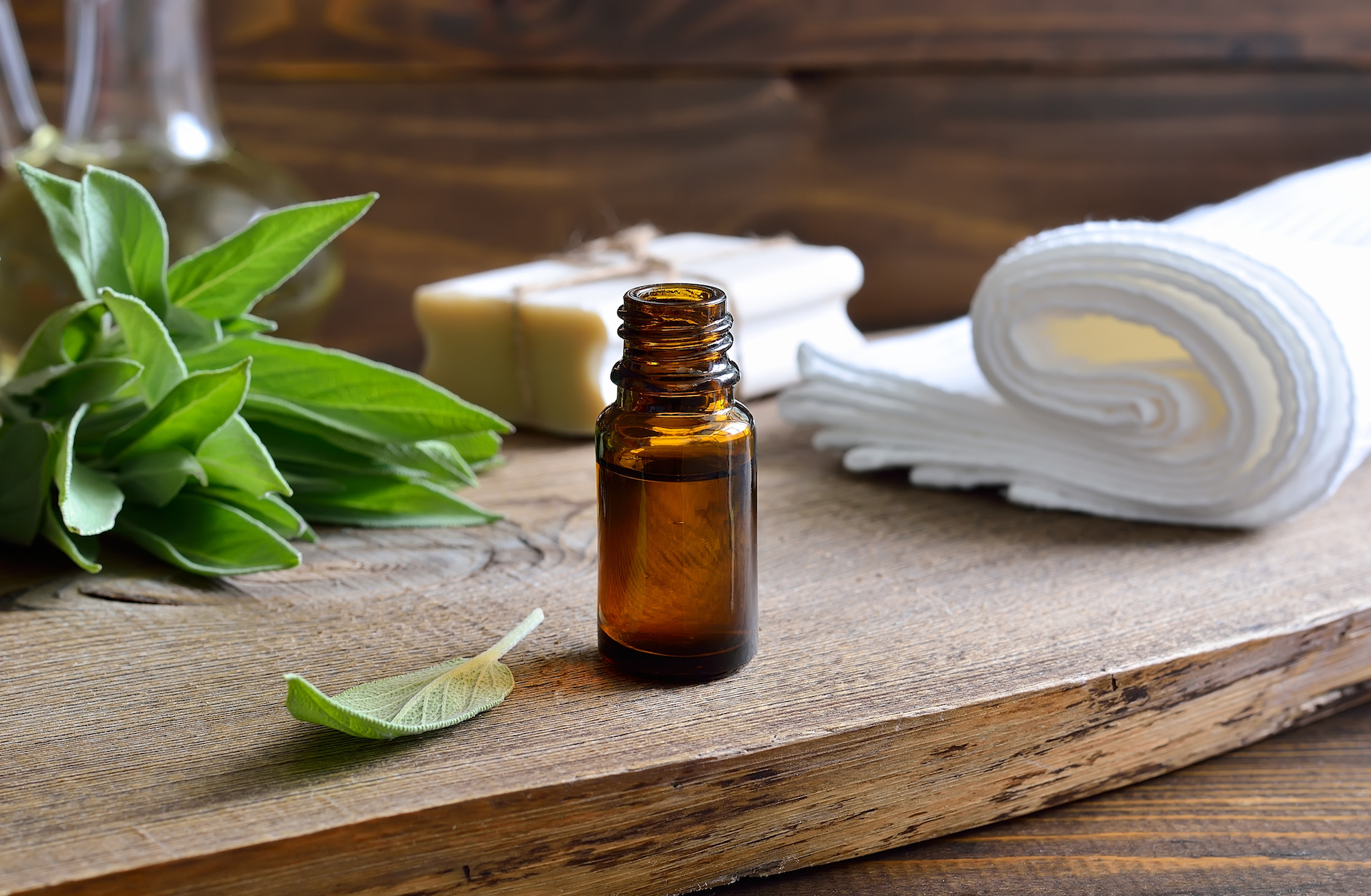

There are three main ways of using essential oils: via inhalation, topically, and internally. However, we would not recommend using just any essential oil in these three ways. Be sure to read our article on Essential Oil Quality to ensure you understand how to select only potent, pure, therapeutic-grade essential oils.
Inhaling essential oils is an ideal method of using oils for respiratory support and cleansing or purifying the air in the environment.
Also, inhaling oils can have profound effects on emotional well-being. What you breathe affects your mood. The nose and olfactory system are closely associated with the limbic system of the brain and can trigger acute physiological and psychological effects.
Direct inhalation is undoubtedly the easiest method of experiencing essential oils to uplift the mood and soothe the emotions.
You can merely uncap the bottle of essential oil, hold the bottle to your nose, and inhale. Or, place a few drops of essential oil on a cotton pad and put it in an aromatherapy inhaler.
Diffusion is the ideal method for experiencing essential oils via inhalation. It can fill the room or your home with an essential oil or blend. You can use multiple types of diffusers.
Nebulizing diffusers—also known as atomizing diffusers—create a stream of air that runs over a small tube to create a vacuum and pull the essential oils into the stream of air. This air is then released into the environment with a micro-fine mist. This is typically considered the best type of diffuser for therapeutic purposes because the mist it produces is the whole oil or blend. There are two types of nebulizing diffusers:
Nebulizing diffusers have settings that allow you to control how much oil is distributed as well as how long it will run before turning off. These types of diffusers typically are very effective, have a higher cost than other diffusers, and usually will last longer than ultrasonic diffusers.
Ultrasonic diffusers—also known as vaporizing or humidifying diffusers—utilize a small tank that is filled with water. Essential oils are then dropped on the surface of the water. When the diffuser is turned on, a small plate at the bottom of the tank will vibrate at a very fast rate. This vibration causes the water to vaporize. The water vapor will exit the diffuser while carrying the volatile compounds from the essential oils.
This type of diffusion is effective for therapeutic purposes although not as effective as nebulizing diffusers. Ultrasonic diffusers are typically more affordable than nebulizing diffusers. They are silent or close to silent while operating.
Applying essential oils to the body is topical application. This is a very powerful method of using essential oils. You can apply essential oils to the ears, chest, back of the neck, head, feet, pulse points, and troubled areas. You can also incorporate essential oils into cosmetic products such as lotions, creams, sugar scrubs, soaps, and body oils.
Always remember to check the bottle for usage guidance from the supplier and to ensure the essential oil is safe for topical use. It is also recommended to perform a "skin patch test" for essential oils the first time you use them topically.
These terms are helpful to know about the topical application of essential oils:
Approximately 1–3 drops of oil is more than adequate for topical application for an adult. Essential oils are very potent, so more is not better. Be sure to use less essential oil than normal when preparing a dilution for children, the elderly, or those with sensitive skin. (See Dilution Considerations for more information.)
Here is the general dilution guidance often provided by aromatherapists:
All of our blend pages feature a dilution calculator that can assist you with calculating your preferred dilution for a blend.
Here are other ways essential oils can be applied topically:
There is disagreement in the aromatherapy community as to whether essential oils should be used internally. Only essential oils that are pure, therapeutic-grade, and labeled for internal use should be ingested. Professional guidelines and product labeling should be strictly followed.
Ingesting essential oils can nourish the whole body including the digestive system, mouth, throat, and liver.
Keep in mind that essential oils are hydrophobic; they combine with oils and separate from water. Because of this, water or water-based liquids are not sufficient to act as diluents for essential oils. Safe dilution practices should always be followed.
Essential oils are sometimes used internally in the following ways: